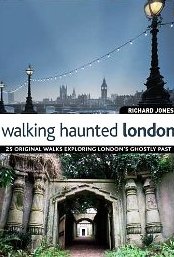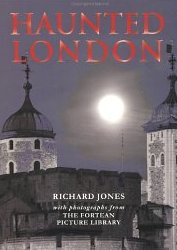THE BLOOD OF CHRIST
Hailes Abbey, Nr Winchcombe, Gloucestershire.
The ruins of Hailes Abbey teeter in quiet seclusion on the western fringe of the Cotswolds and enjoy a beautiful and tranquil setting surrounded by lush wooded pasture.
It was founded in 1246 by Richard, Earl of Cornwall, brother of Henry III.
He had been caught in a storm at sea and, as his ship showed every sign of going down, he crowd out to God that if his life was spared he would found a religious house.
His prayers were answered and upon returning to land he set about ensuring that his vow was kept.
Henry granted him the manor of Hailes and, five years later, with the help of the Cistercians, his Hailes Abbey loomed over this delightful slice of rural Gloucestershire.
In 1251, Henry III, Queen Eleanor of Provence, and 13 bishops attended the consecration ceremony.
The Abbey would probably have remained a lovely though relatively unimportant place had the monks not in around 1270 gained possession of a phial said to contain the blood of Christ.
Such a potent religious artefact enabled the abbey to embrace wholeheartedly the pilgrimage ethos and as its wealth increased it expanded accordingly.
A special extension to the east end of the abbey church was built, and there the phial was kept in a special shrine.
Soon Hailes had become one of the most popular pilgrimage destinations in England and the faithful flocked in their thousands to pay homage to the sacred phial.
The Prior even built a hotel to accommodate the more demanding, wealthier visitors and to attend to their more earthly needs.
This hotel still survives as the George Hotel in Winchecombe.
But during the, Dissolution of the Monasteries, the Abbey was closed down in 1539, and the phial which had brought pilgrims traipsing along the dusty byways for centuries was smashed.
The so-called "blood of Christ" was found to be nothing more a mixture of saffron and honey.
Hailes Abbey today is a tranquil place of tottering arches around which sheep graze contentedly. And because it is a relatively unappreciated place on the wider scale of tourist itineraries, it is often possible to have the ruins all to yourself.
Here you can stand and gaze upon the graceful remnants, the sounds and aromas of nature all around you, and in those moments of solitude you can truly appreciate the pervading feelings of peace and tranquillity with which the whole site seems imbued.







